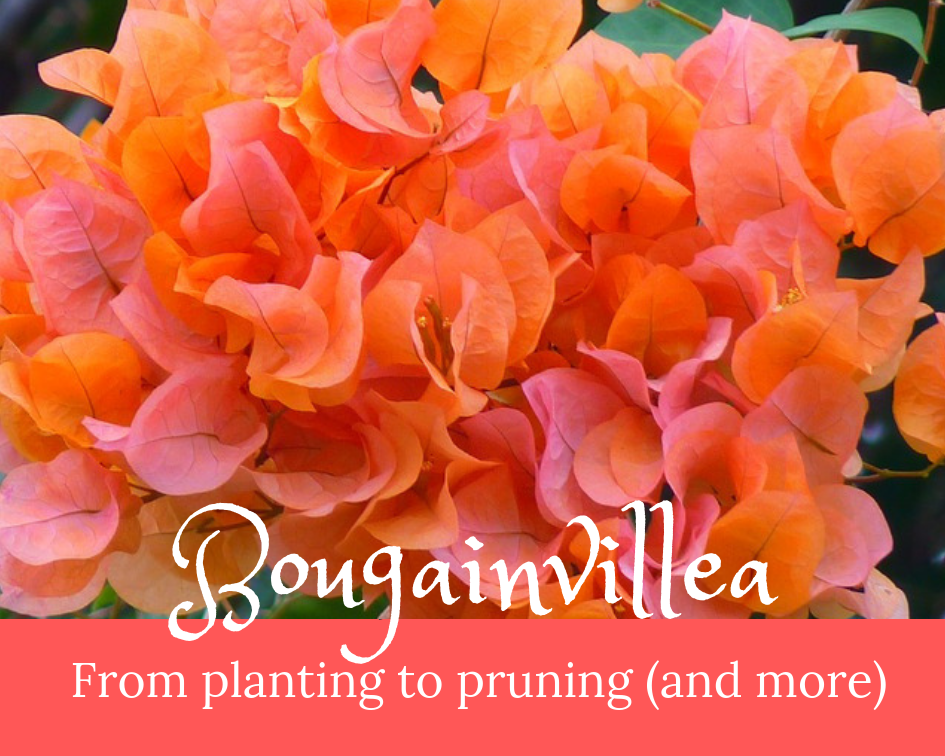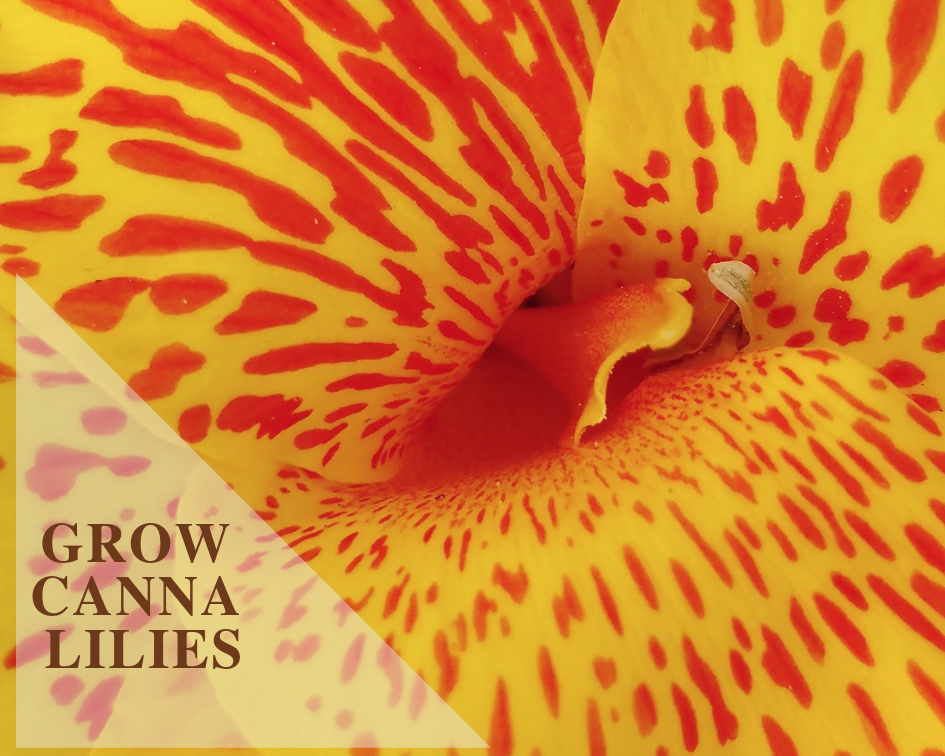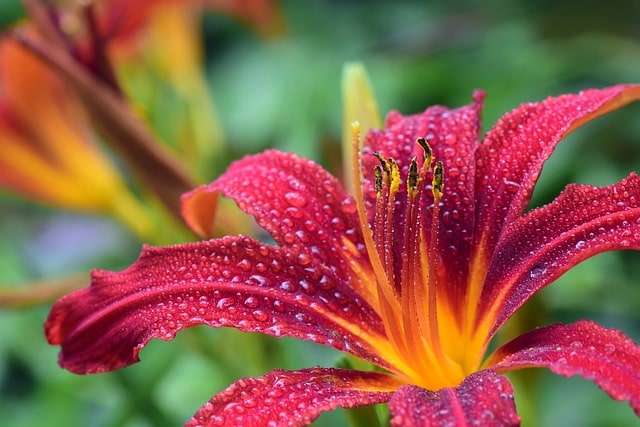This post may contain affiliate links. As an Amazon Associate we earn from qualifying purchases.
Not all plants have the same care requirements. Caring for a bougainvillea will convince you of that!
A very dear friend of mine (and fellow gardenologist) lives in Las Vegas. Now, if you’ve never spent a moment in this Mojave Desert enclave in the summer, you can’t relate to what I’m about to say.
It’s hot. It’s REALLY hot.
It’s so hard to grow anything there that a Vegas-based gardening writer (and quite the valuable resource for desert gardeners) named her website Gardening on Mars and calls herself the “Martian Gardener.”
She posts to her blog frequently with useful tips such as “How to Plant a Tree so that it will Actually Live.”
That’s because, although many plants love spring and fall in the desert, most can’t survive the summers – at least not without copious amounts of water.
One plant, however, defies the scorching sun and 110-degree temperatures. That plant is bougainvillea (Bougainvillea spectabilis). My friend who lives in the Las Vegas valley swears by it.
“It’s the only color in my garden in summer,” she told me. And, if you aren’t familiar with bougainvillea, you should be; “psychedelic” is the word that comes to my mind when I think about the colors of the various varieties (you gotta be a baby boomer to relate to that word).
But dry, desert heat and scorching sun aren’t the only things this woody flowering vine tolerates. It grows like gangbusters in the humid tropics (you’ll see it all over Hawaii) and in the Mediterranean climes in southern California.
Technically, bougainvillea is hardy to USDA hardiness zones 9 through 11, so gardeners in our country’s colder-winter regions grow it as an annual.
There are some “musts” when it comes to growing bougainvillea, so let’s look at those.
Caring for a bougainvillea’s sensitive roots
I admit it, I’ve lost more than one bougie when transplanting. Its roots are sensitive to not only being moved, but to the cold as well. In fact, our friend from Mars recommends that you plant your bougainvillea near a “south-facing wall with all day sun exposure in the wintertime.”
It was from the Martian that I learned why my transplanted plants didn’t make it. I’ll let her tell the story:
“The sensitive root system of bougainvillea should be treated with care, both during planting and afterwards,” she begins.
“In order to disrupt the roots as little as possible, use a box cutter to slice away the bottom of the plastic container that the bougainvillea comes in. Place it in the hole, and then gently slide the rest of the container up over the plant.”
Of course, you amended the soil before planting, right? I’ve found that using a good, well-rotted manure and some compost works wonders. Make the soil chunky to ensure good drainage.
Amending a planting hole is something we don’t recommend for trees and shrubs. Learn more online at LATimes.com.
Whatever you do, avoid any amendment (or potting soil if you’ll be growing in a container) that contains peat. It retains water and the boug’s roots rot easily.
Don’t overwater the bougainvillea – no matter how hot the weather is
Yes, while the plant is young, or new in your garden, it requires more water to become established. Once it is, cut back on watering. It’s quite drought tolerant, so soak it thoroughly and then let it dry out for a week or two.
As mentioned earlier, too much moisture causes root rot in these plants. They also tend to bloom less when they aren’t under drought stress.
Give it lots of sun, unless you live in the desert
In California, Hawaii and other areas where the bougainvillea thrives, at least six hours of sunlight is ideal.
In Nevada and Arizona, however, unless the bougainvillea is several years old, the plant will fry with six hours of direct sunlight in July. Give the full-sun bougie more water than you normally would when temperatures climb well past the century mark.
The plant will start wilting when it needs water. Hopefully you won’t let it get to that point too often.
To fertilize bougainvillea or not to fertilize?
Ignore the advice to use “any balanced fertilizer” to feed your bougainvillea. What ends up happening if you do is that your plant will get nice, green growth but fewer flowers.
We use BOUGAIN®. We like the high iron content and swear it’s why our flowers kick hiney on our neighbor’s.
You can purchase this bougainvillea fertilizer online at Amazon.com.
Apply fertilizer when you first see new growth and then again after every bloom cycle. Never fertilize after the middle of August if you live in an area that gets frost. You don’t want the plant putting out tender new growth only to have it zapped on a frosty evening.
Pruning the bougainvillea
Newby bougainvillea growers beware: the thorns on this plant are wicked. Those and the plant’s sap causes skin irritation in some gardeners.
The irritation can range from mild to very troublesome, again, depending on the individual. To be on the safe side, get yourself a heavy pair of gloves (puncture-proof rose pruning gloves are ideal) before going anywhere near the bougainvillea to prune it.
Should you get poked in an area of the body other than your hands, immediately wash the area and pour some iodine or other first-aid solution over it. If it swells or otherwise changes, visit your doctor.
OK, back to pruning. Ensure that your pruners are clean and sharp. We like several sharpeners but our current favorite is the AC 8300 from Corona. Check it out here.
Prune the bougainvillea whenever you like during the growing season but keep in mind that it blooms on new wood.
Many experts recommend that you wait until after a blooming period to pinch the tips of stems to encourage branching and, thus, budding during the next bloom cycle.

Winter care of the bougainvillea
Remember when I stressed how important it is to understand that Bougs have extremely sensitive roots? Give them extra protection in winter.
The entire above-soil part of the plant can freeze, but if the roots are protected, there’s a good chance the bougainvillea will regrow after winter.
If you grow potted bougainvillea, and experience chilly winters, wrap the pot before the first frost. You may lose it anyway during a prolonged cold snap but wrapping goes a long way in protecting it.
Wrap the pot with anything that will insulate it, such as burlap or even bubble wrap (which is ideal for wrapping potted plants). In fact, wrap it with burlap and then add a layer of bubble wrap for extra protection.
Yes, you can cover the bougainvillea, but I find it a waste of money to purchase covers.
Most important of all is to protect that root zone. I’ve found that even mine that die back come alive in spring or summer if I protect the root zone.
Whether you grow your bougainvillea in a pot or in the ground, the final step is to pile mulch over the rootzone. I use leaf mulch, only because I have it handy, but a good 3 to 4 inches of any mulch will help protect the bougainvillea’s roots.

 No, it probably isn’t dead
No, it probably isn’t dead
Every spring, online gardening groups and forums are full of frantic new bougainvillea growers who claim that theirs is dead. Many even throw them away if there is no sign of life when temperatures start to warm.
Bougainvillea, depending on cultivar, can be super slow to wake up. In fact, recent studies show that some cultivars will only bloom when the days are shorter than those of the long, hot summer. I have two that don’t come out of dormancy until summer and then don’t bloom until fall.
Don’t give up on yours. Water it when temperatures warm above 65 to 70 degrees Fahrenheit and then leave it alone until the soil is bone dry again.
If you don’t have a bougainvillea and reading this makes your heart ache for one of these beauties, you can buy them online at Amazon. Here’s a lovely purple one and here you’ll find one of my favorites, ‘California Gold’ (gorgeous yellow flowers).






